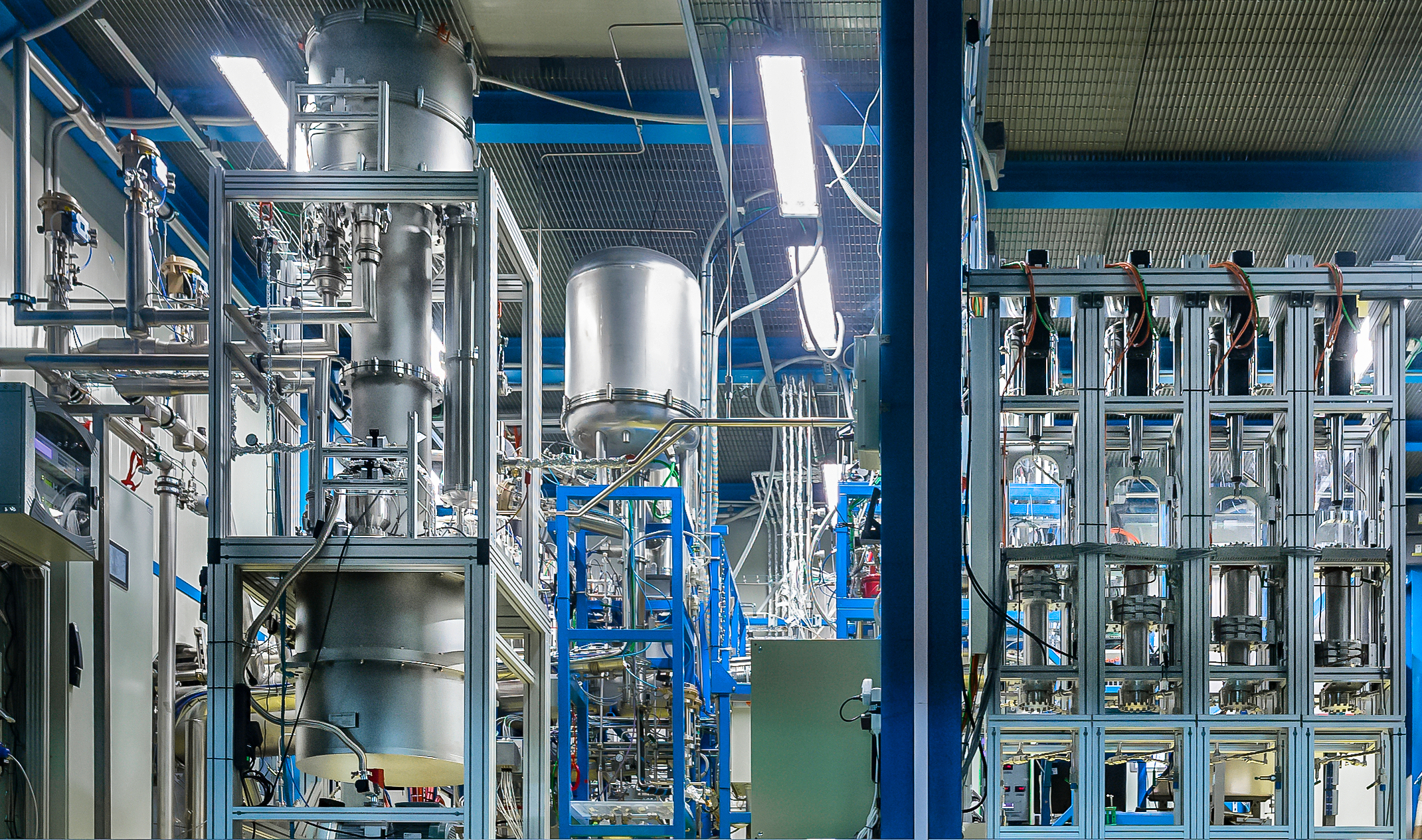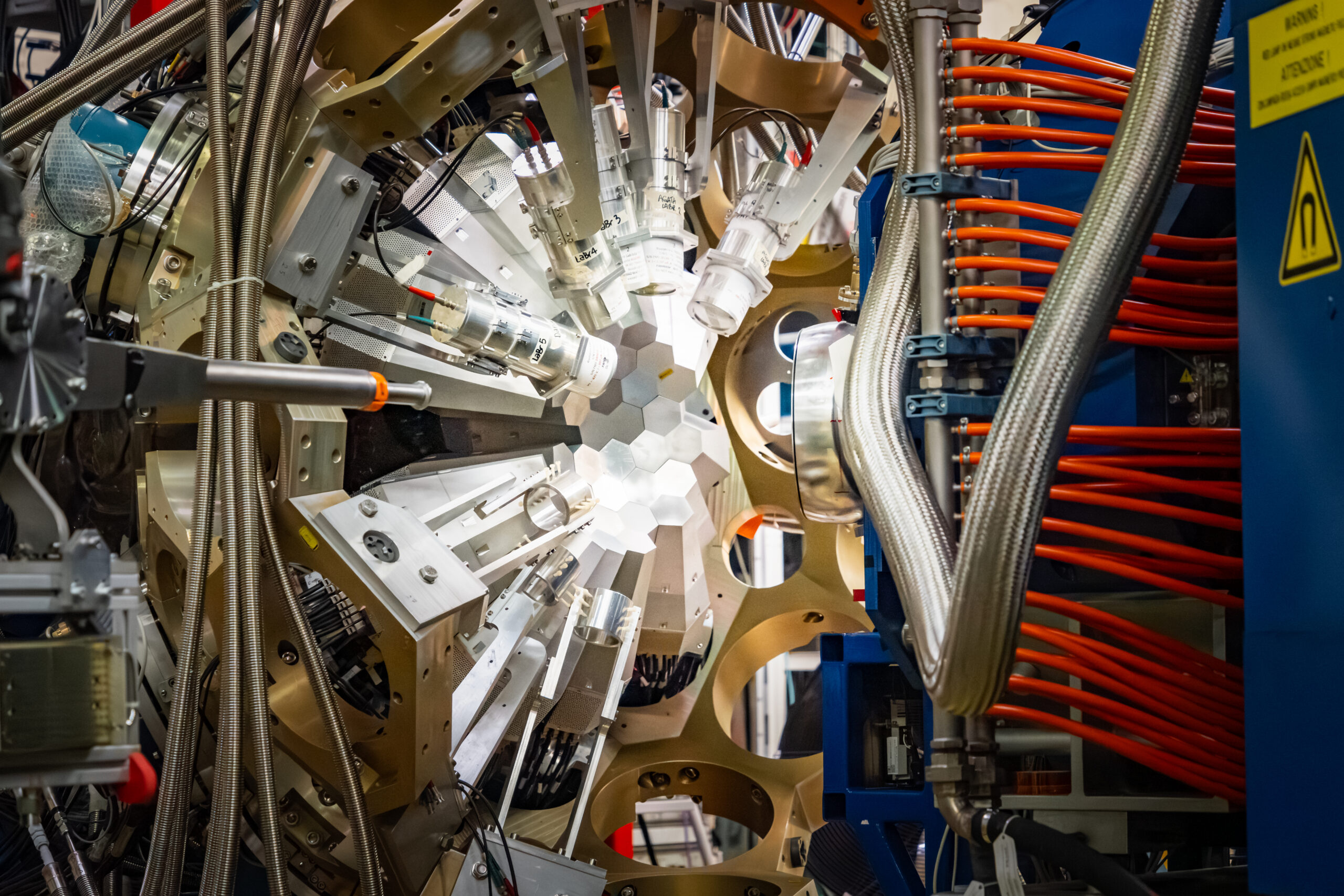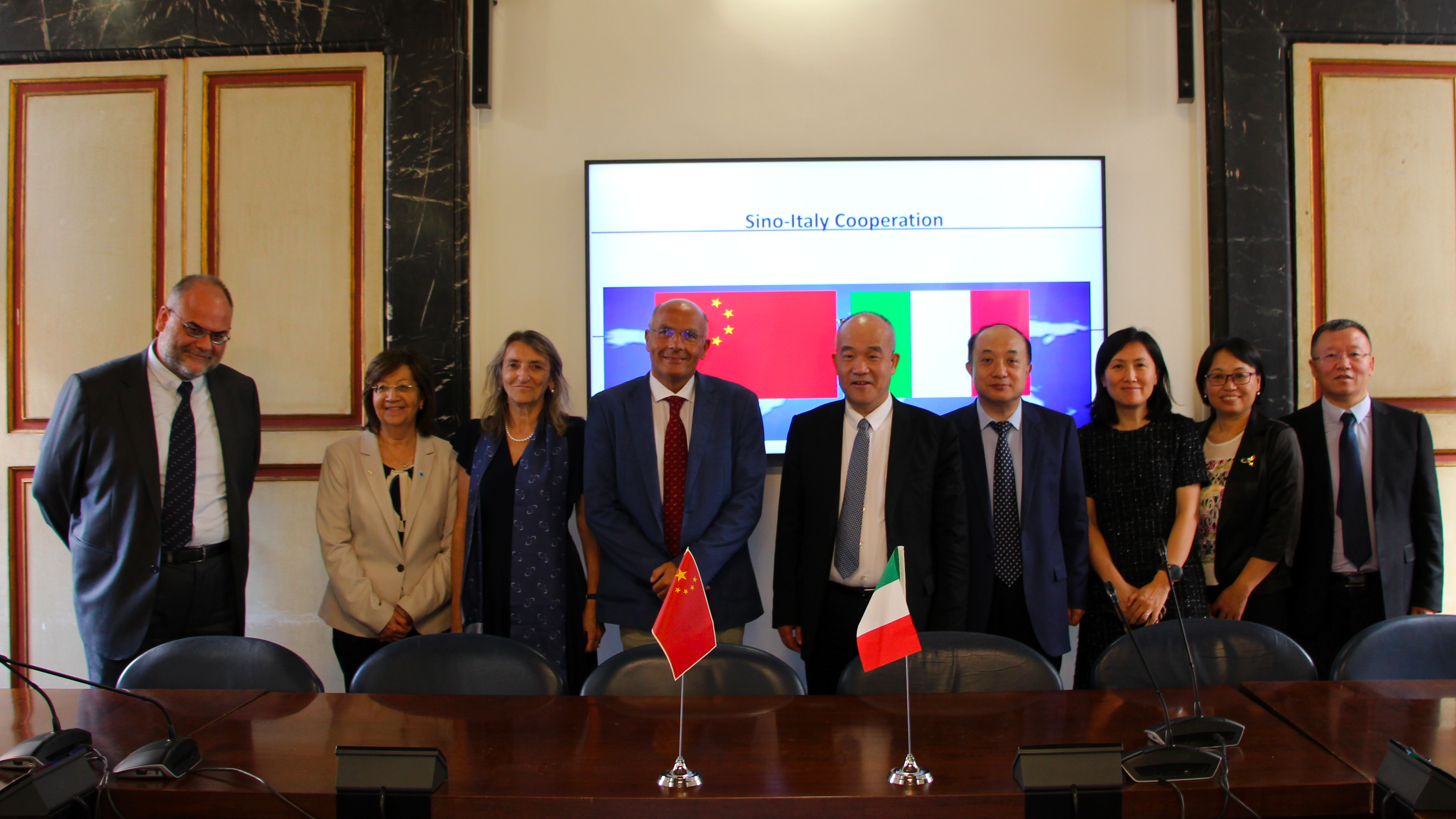 Also galaxy clusters shine with gamma light. This is the conclusion reached by a group of researchers from INAF, INFN, the Universities of Rome Tre, Turin, Aachen, Manchester, Beijing and the International School for Advanced Studies (SISSA), in analysing the data collected over six and a half years of the NASA Fermi space telescope mission, in which Italy is participating with the Italian Space Agency (ASI), INAF and INFN. From the study of galaxy clusters, astronomers obtain crucial information on high-energy photon emission and particle acceleration mechanisms. For this reason, they have been observed in
Also galaxy clusters shine with gamma light. This is the conclusion reached by a group of researchers from INAF, INFN, the Universities of Rome Tre, Turin, Aachen, Manchester, Beijing and the International School for Advanced Studies (SISSA), in analysing the data collected over six and a half years of the NASA Fermi space telescope mission, in which Italy is participating with the Italian Space Agency (ASI), INAF and INFN. From the study of galaxy clusters, astronomers obtain crucial information on high-energy photon emission and particle acceleration mechanisms. For this reason, they have been observed in
all regions of the electromagnetic spectrum with the exception, until today, of the gamma band. The team used the observations made by the Fermi Large Area Telescope (LAT) in the very high energy gamma ray band, the processing of which led to the identification of different types of astrophysical
sources. In particular, the aim of the study was to identify the gamma radiation produced by galaxy clusters, analysing the gamma radiation not associated with known sources. Most of the emissions detected by Fermi are produced by Active Galactic Nuclei inside or in close proximity to the cluster. However, there seems to be a second component which, in terms of spatial and energy distribution, could be associated with the cluster itself, the dark matter it consists of, rather than with the objects it contains. The study, of statistical nature, was published in January in The Astrophysical Journal Supplement: the results presented do not yet provide a definitive answer but definitely indicate the direction in which to move to understand it.





